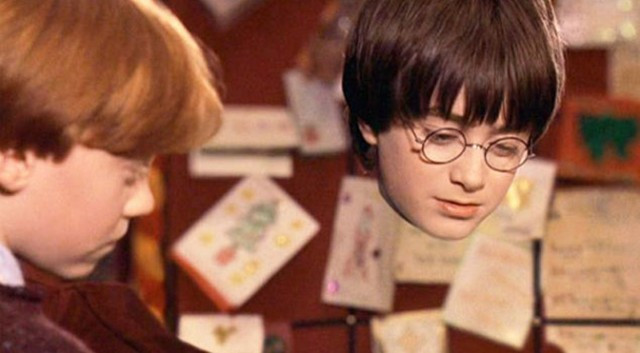US Scientists Invent Harry Potter-Style 'Invisibility Cloak'
Researchers at the University of Rochester launch invisibility device that bends light to make objects appear to vanish

Scientists in the US have invented a Harry Potter-style "invisibility cloak" that makes objects appear to vanish before the naked eye.
Researchers at the University of Rochester in New York developed the so-called the Rochester Cloak, which provides three-dimensional invisibility by using four lenses of two different focal lengths to bend light around objects to make them seem as though they are not there.
The device resembles equipment that might be used by an optometrist and costs around $1,000 (£616) to build.
Early tests have only been able to cloak parts of the body such as hands and faces, and small items such as rulers. However, scientists believe that as long as the lenses are large enough, much bigger items could be cloaked in invisibility and the possibilities could be endless.
Joseph Choi, a graduate student who helped develop the method at Rochester University, said: "This is the first device that we know of that can do three-dimensional continuously multidirectional cloaking, which works for transmitting rays in the visible spectrum."

"I imagine this could be used to cloak a trailer on the back of a semi-truck so the driver can see directly behind him. It can be used for surgery, in the military, in interior design and in art."
John Howell, a professor of physics at the university, said like the fictional cloak featured in the Harry Potter book and film series, the Rochester Cloak causes no distortion of the background object.
"A lot of people have worked on a lot of different aspects of optical cloaking for years," he said. "We just figured a very simple way of doing that just by using standard lenses and things that we normally find in the lab."
The invisibility effect does have some drawbacks, however. The simplest setup involves bending light rays through the centre of the lenses, which means that the zone of invisibility is actually a doughnut shape with a hole in the middle. If an object blocks the central axis, the invisibility effect is spoiled.
© Copyright IBTimes 2025. All rights reserved.





















